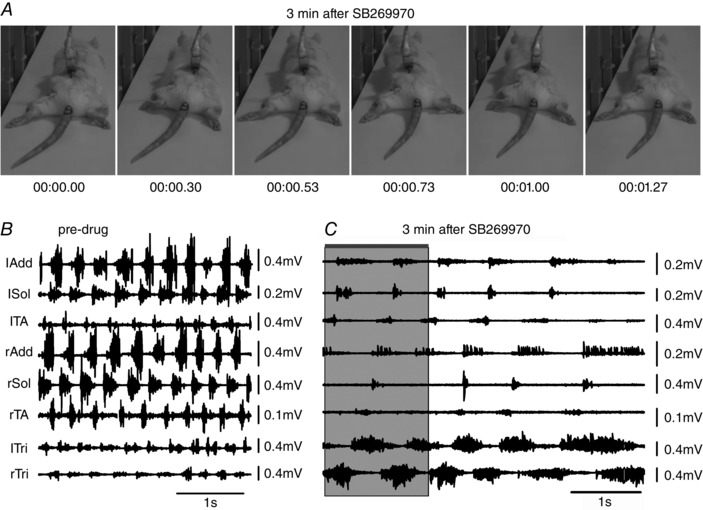Figure 1. Blockade of 5‐HT7 receptors in the lumbar spinal cord produces hindlimb locomotor impairment in adult freely moving rats.

A, the antagonist SB269970 was applied intrathecally (150 μg in 30 μl of saline) while the rat was walking on a runway. Plantar stepping and weight support was lost at 3 min after drug administration, despite the persistence of EMG activity. B, EMG activity during a period immediately prior to drug administration. C, 3 min after drug administration the hindlimb EMG was greatly reduced in amplitude and frequency. The shaded area in C indicates the time during which the frames in A were obtained (0.00 to 1.27 s). The increase in forelimb EMG (lTri and rTri) reflects the increased use of the forelimbs for progression. This behaviour resembles ‘crawling’ in neonatal animals. See text for a detailed description. Abbreviations: lAdd/rAdd, left/right adductor muscle; lSol/rSol, left/right soleus muscle; lTA/rTA, left/right tibialis anterior muscle; lTri/rTri, left/right triceps brachii muscle.
